Andalusian capitals - Cordoba
Córdoba, one of the eight largest cities in Andalusia, is located on the banks of the Guadalquivir River, slightly off the main communication routes in the south. However, its beautiful architecture attracts crowds of tourists from all over the world.
The city is home to an impressive number of stunning historical sites. One of the most famous is La Mezquita, the Great Mosque of Córdoba, a UNESCO World Heritage Site. This magnificent building is a symbol of the former power of Arab architecture and is a must-see for any visitor to Córdoba.
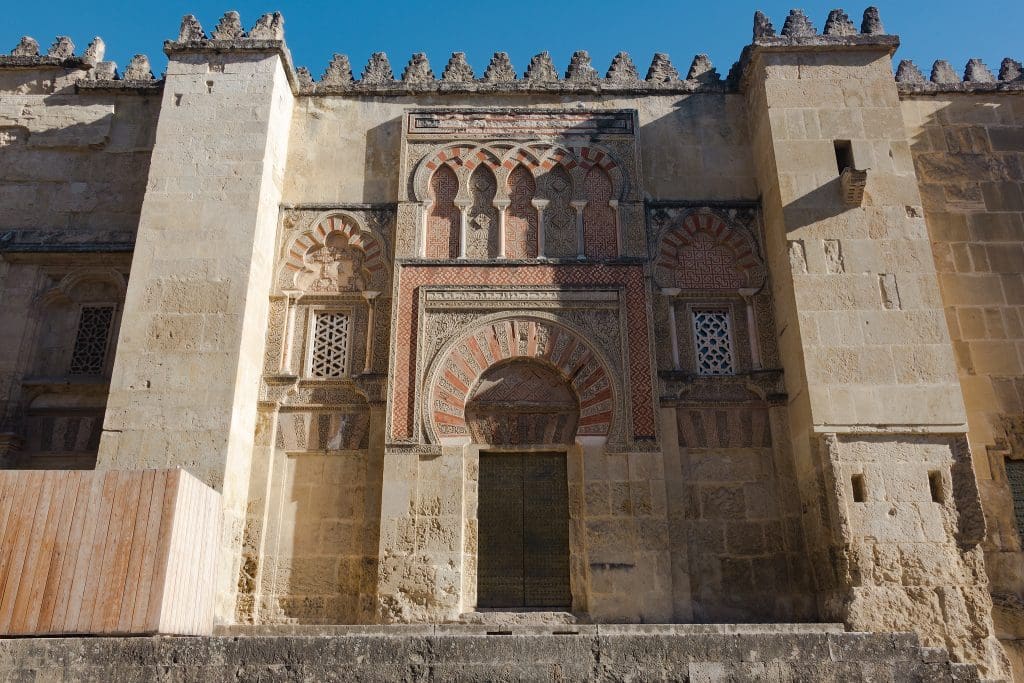
Cordoba's history
The lands of present-day Córdoba were inhabited by Iberian tribes, and in the 3rd century, they were taken over by Carthage. The first evidence of the founding of the city of Karduba (Cart-Juba – “City of Juba”, in honor of the Carthaginian general Juba) dates from this period. The modern name dates from the year 169 BC, when after the conquest of the Carthaginians by the Roman Empire, the then praetor Marco Claudio Marcelo founded his own settlement – Corduba, next to the pre-Roman settlement, and brought there people from Rome.
Cordoba gradually opened its gates to the ever-increasing influx of residents of the surrounding settlements, becoming the capital of the Roman province of Hispania Ulterior in the 5th century. This province was the birthplace of great philosophers, such as Lucan and Seneca.
As a result of internal friction and the weakening of Roman rule, Cordoba was conquered by the Visigoths in 572. In 711, the city was conquered by the Arabs and became part of the Umayyad caliphate.
Moorish rule brought the city great prosperity. In 929, Abd al-Rahman III, the emir of Cordoba, proclaimed the independence of a new caliphate, which became part of Al-Andalus.
As a result, Cordoba became the main center of the growing Muslim empire in Western Europe, rivaling in prestige, luxury, and culture with Baghdad and Constantinople. It was one of the most populous cities in the world, with a population of 450,000 at its peak (around 1000 AD). According to Arab sources, the city under the rule of Abd al-Rahman III had about 300,000 houses inhabited by up to one million people, for whom 1,600 mosques, 80,000 shops, and an incalculable number of public baths were built.
Despite their ethnic diversity, the representatives of the three major religions: Islam, Christianity, and Judaism, lived in respect for their differences and in peace with each other. In these times, the city also gained about seventy libraries, a university, a medical school, and the expansion of the Great Mosque began. The open-minded caliph of Cordoba also commissioned the construction of an incredibly beautiful palace located about 7 km from Cordoba Medina Azaharawhere he lived until his death. The ruins of the complex are a UNESCO World Heritage Site.
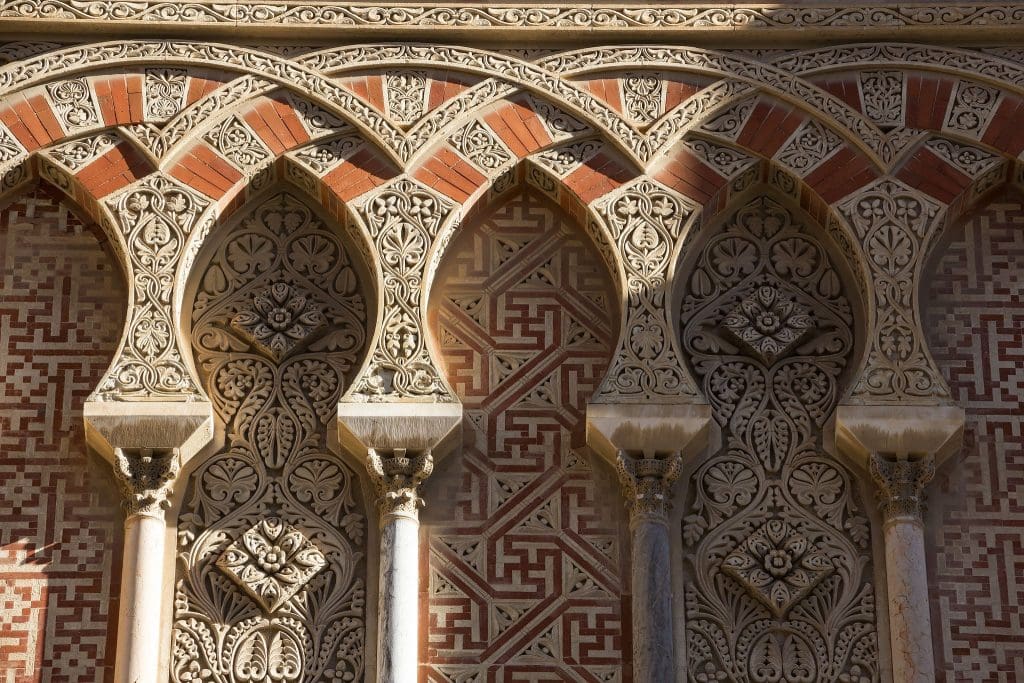
And so, the period of Cordoba's splendor lasted until the death of Al-Mansur in 1002, an event that would mark the beginning of a period of power struggles and the city's slow decline. Ultimately, in 1031, the caliphate of Cordoba (Al-Andalus) fell apart, and the city became the capital of one of the 30 small states called taifasof which the largest also remained Seville and Zaragoza.
In 1236, the city was conquered by Christians under the command of King Ferdinand III of Castile. The new rulers transformed Cordoba into a center of trade, mainly in wool and silk. The city experienced a period of prosperity until the end of the 16th century, when epidemics and the expulsion of the Arab and Jewish population, which constituted a significant part of the inhabitants, led to Cordoba's decline.
During the Napoleonic Wars, Cordoba fell into French hands. After the Spanish Civil War in the 20th century, the city began to slowly industrialize.
World-class heritage sites Kordoby
In one day, you can visit several of Cordoba's main attractions, taking into account breaks for lunch and a leisurely stroll across the bridge. The city center is not large, and the streets are narrow, so no transport is needed.
- Great Mosque of Cordoba
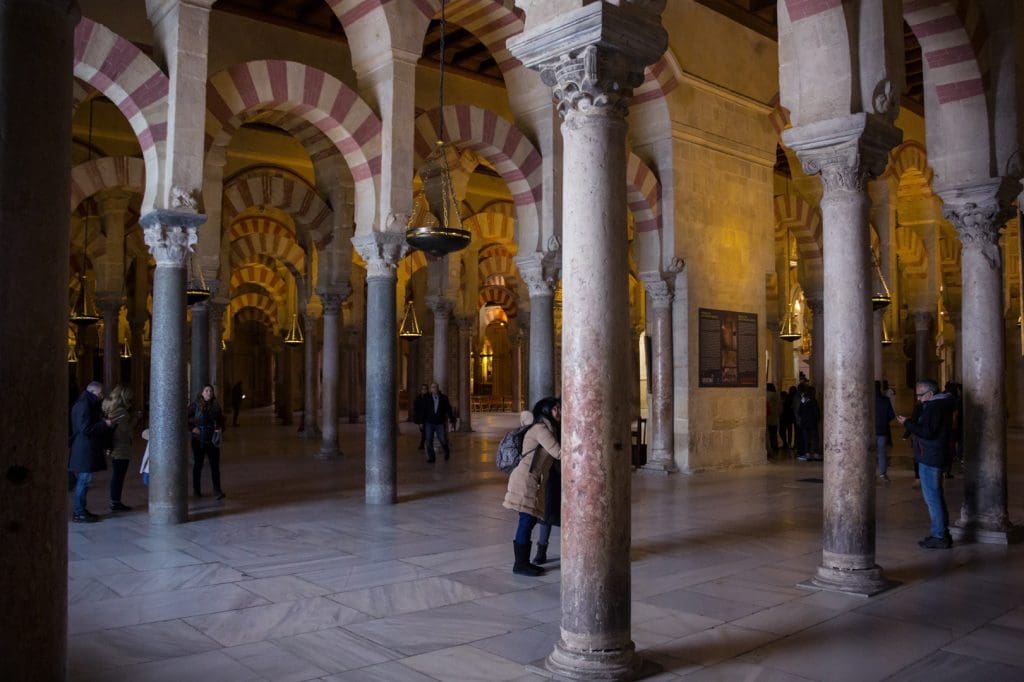
The world-famous Great Mosque of Cordoba dates back to the 8th century. It was built on the site of a church erected by the Visigoths using brick, marble, and plaster. Over the centuries, it was repeatedly rebuilt, eventually becoming the largest mosque in Europe during its heyday, covering an area of 23,000 square meters.
The world-famous Great Mosque of Cordoba dates back to the 8th century. It was built on the site of a church erected by the Visigoths using brick, marble, and plaster. Over the centuries, it was repeatedly rebuilt, eventually becoming the largest mosque in Europe during its heyday, covering an area of 23,000 square meters.
After the Christians conquered Cordoba in 1236, work began to convert the mosque into a Catholic cathedral. In 1523-1528, a Renaissance cathedral was built in the place of the mihrab, which was incorporated into the existing structure of the mosque. As a result, despite the changes, the Great Mosque has retained its original character.
Nearly half a thousand columns support ornate two-coloured, distinctive arches, and we can view the whole thing immersed in a spare, atmospheric twilight. Great Mosque of in Cordoba, Alhambra in Granada and Alkazar in Seville, are indisputably the greatest achievements of Moorish technology and architecture on the Iberian Peninsula.
The building can be visited individually, in groups, or with a guide. There are also two options for visiting: during the day, or with a special night tour featuring visual and sound effects. More information is available on the website CLICK HERE. Please note that it is not allowed to take photos inside the mosque using a tripod. I was warned by security.
- Alcazar de los Reyes Cristianos
Alkazar The Alcazar of Cordoba was originally the seat of the Roman governors, then the caliphs, and from 1328 it became the seat of the Spanish kings during their stay in Cordoba. In honor of the kings, the building was enriched with beautiful gardens and baths. During the war with Granada, the building was the seat of the Inquisition court. The monument is currently on the UNESCO World Heritage List.
- Puente Romano
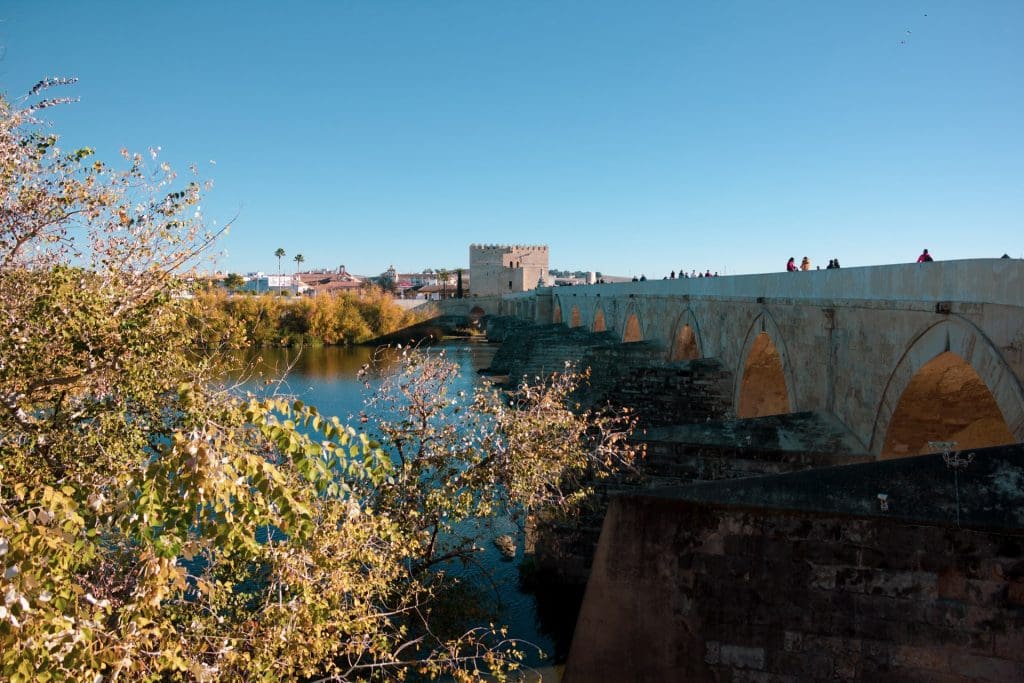
Near the Alcazar, there is a 16-arch bridge connecting the banks of the Guadalquivir river (the name comes from the Arabic Wadi al-Kabir, meaning "great river"). It was built in the 1st century BC and has been rebuilt many times, but the Roman foundations have remained. A curious fact is that it was the only bridge in Cordoba until the mid-20th century. At one end of the bridge is the Torre de la Calahorra, a fortress built in the 14th century by Alfonso XI on the ruins of an Arab building. Currently, there is an interactive museum called the Museo Roger Garaudy de las Tres Culturas, which is dedicated to the relations that existed in Cordoba in the 10th century between Christians, Jews, and Muslims.
- Jewish synagogue
It was built in the mudéjar style, in 1315 under the direction of Isaq Moheb.
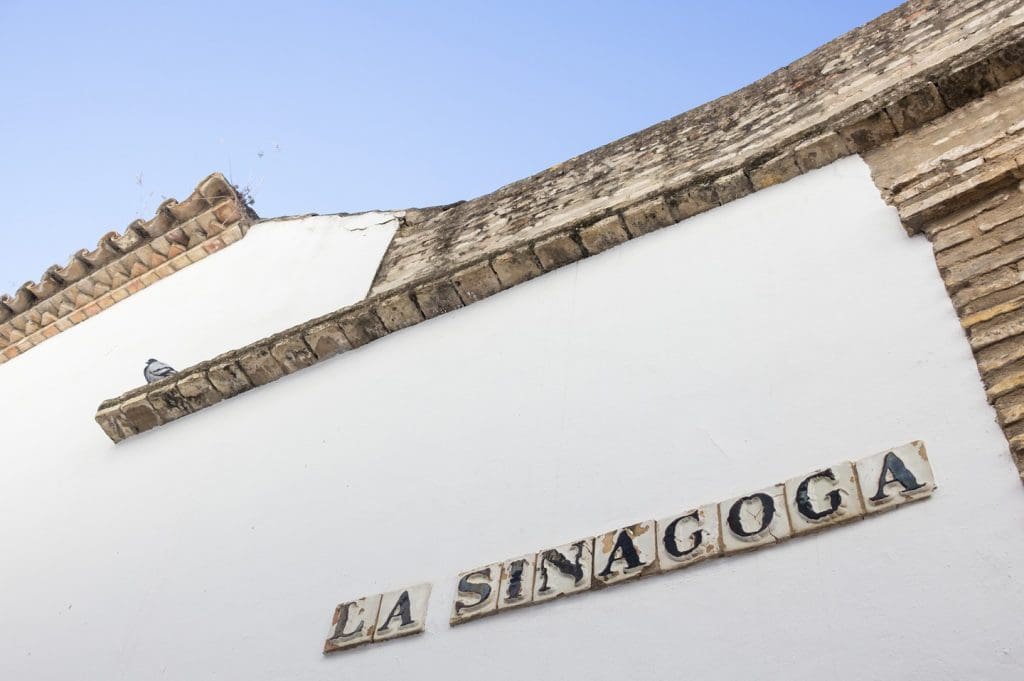
After the expulsion of the Jews from Cordoba in 1492, the building served a variety of purposes, including a hospital for rabies patients, a chapel of Saint Crispin, and a school for children. In 1885, the building was declared a national monument, beginning a series of renovations. It is located in the Jewish quarter of La Juderia, known for its beautiful, flowery patios cordobeses.
Other places worth seeing:
- For those interested in history, I recommend stopping byMuzeum archologicznego The museum is located partly inside the Renaissance palace Palacio de Jerónimo Páez. It has a large collection of artifacts from the prehistoric period, as well as from the Roman, Visigothic, and Islamic periods in Cordoba.
- For the hungry and thirsty - Plaza de la Corredera – There is a market offering fresh and local food, and a flea market that operates almost daily.
- Molino de Albolafia - the old building and mill wheel, used in Moorish times to irrigate the gardens of the Alcázar
- Templo Romano - the remains of a Roman temple consisting of several columns in the Corinthian order and large tombs from the 1st century BC. (Masouleos Romanos)
- Alminar de San Juan - minaret from the Muslim era, converted after the Reconquista period into a church
- Casa del Indiano
- Casa de los Villalones
- Palacio de los Paez de Castillejo
- Palacio Mudina
- Santa Maria Church - is the oldest surviving church in Cordoba, whose construction began in 1236 and was rebuilt in the 18th century.
Where to eat
As befits a large Spanish city, Cordoba is filled with delicious food. I'll share a few suggestions I've found on Spanish-language websites, as I always like to know where the locals eat.
- Bodegas Mezquita
- Taberna Casa Salinas
- Taberna la Montillana
- Taberna El Poema
- Restaurante Sociedad Plateros María Auxiliadora
I highly recommend a visit to Córdoba. A truly magical place, especially after sunset when the beautifully lit bridge and the old town add to the overall fairy-tale atmosphere....
__
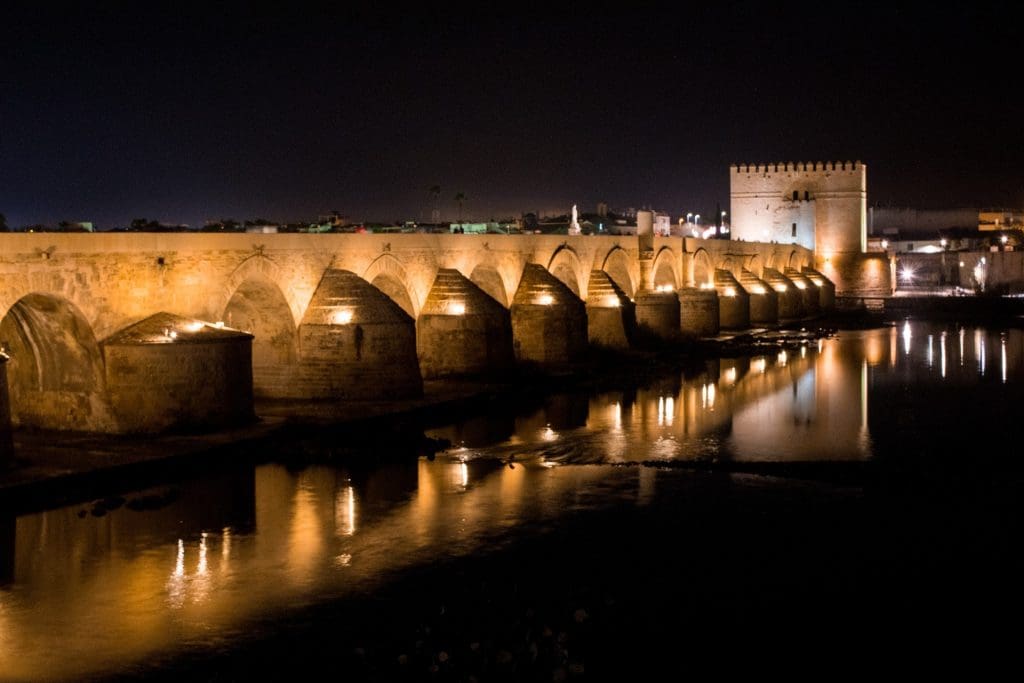
Map of Cordoba's attractions
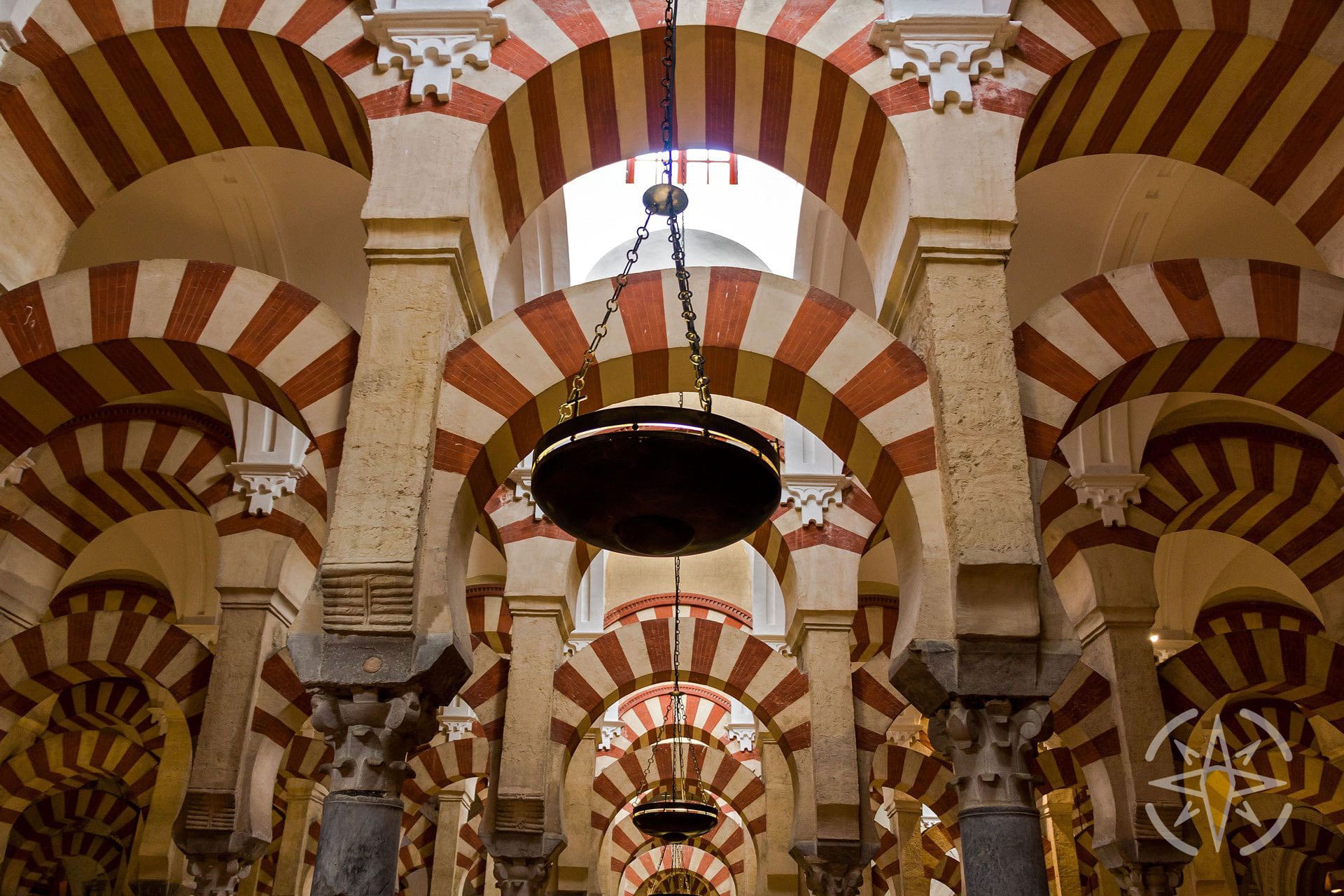
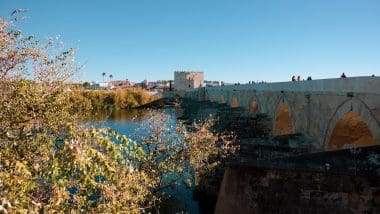
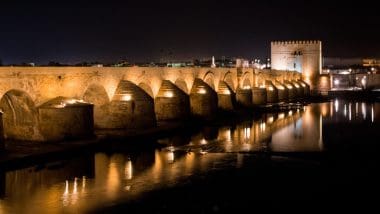
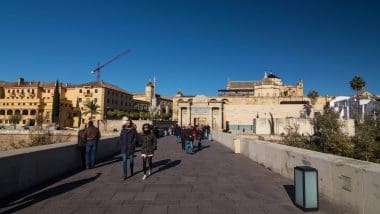
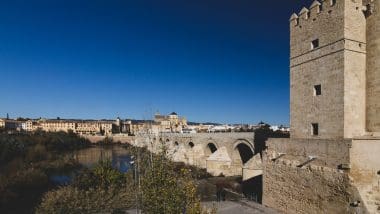
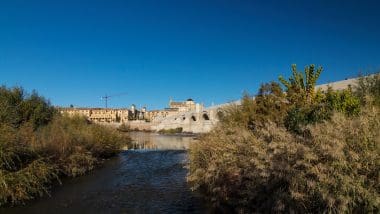
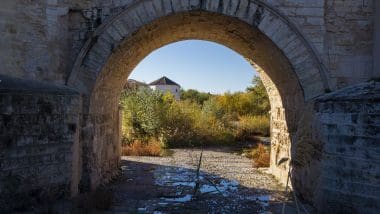
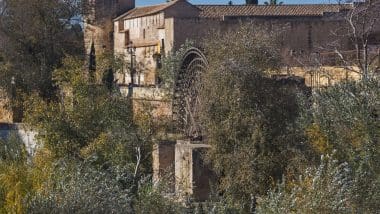
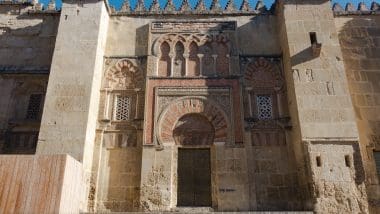
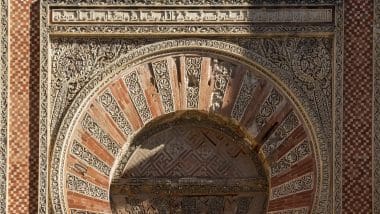
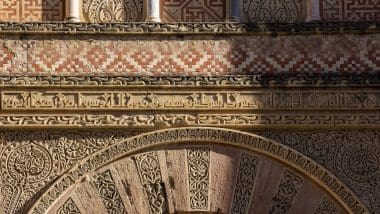
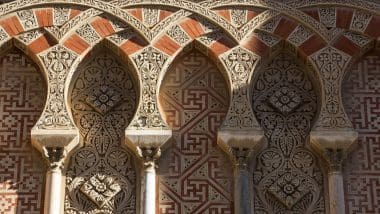
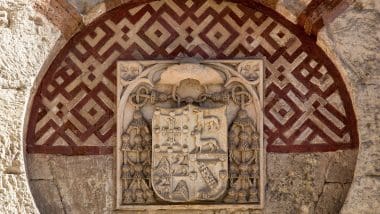
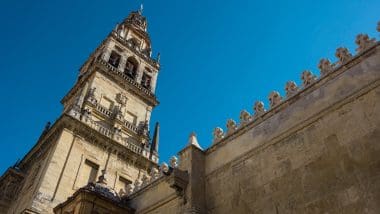
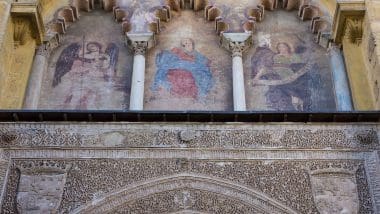
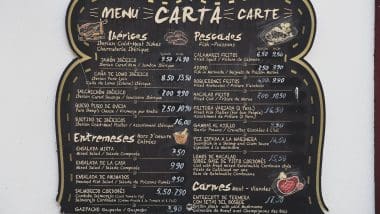
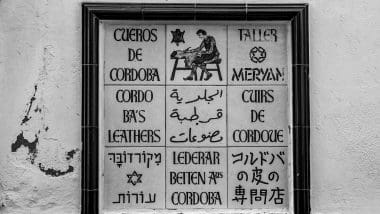
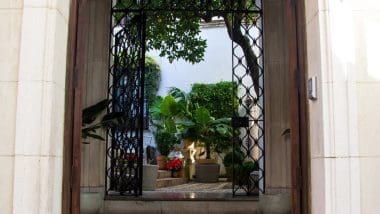
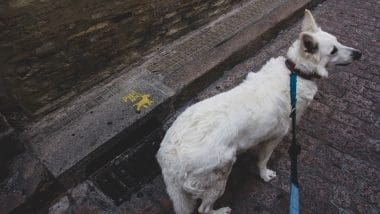
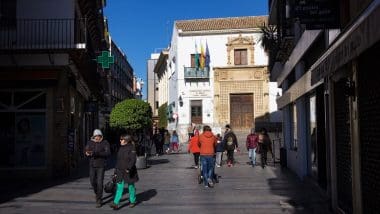
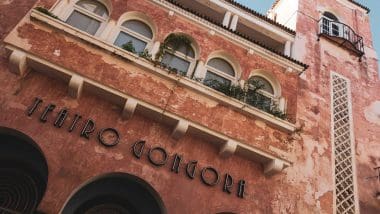
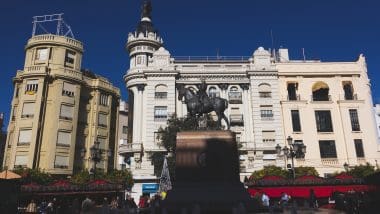
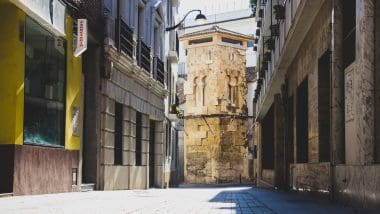
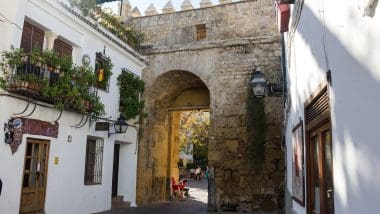
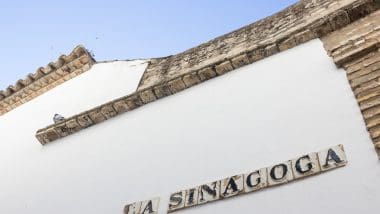
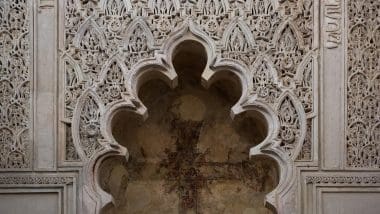
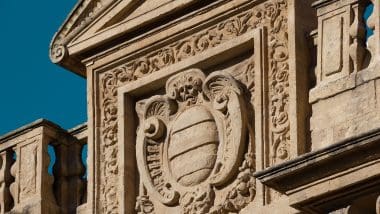
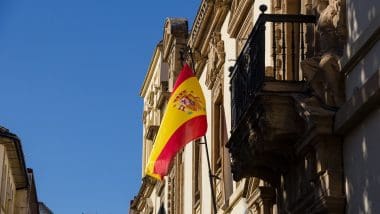
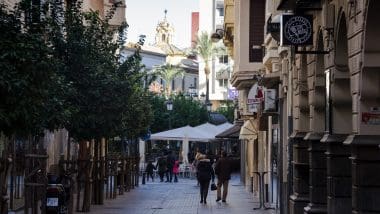
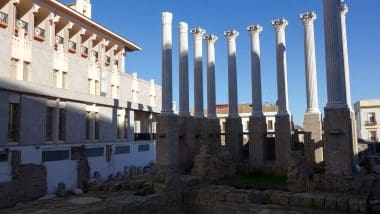
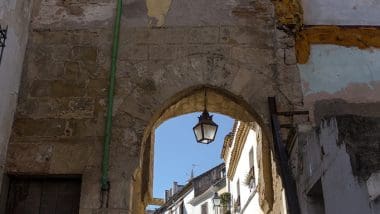
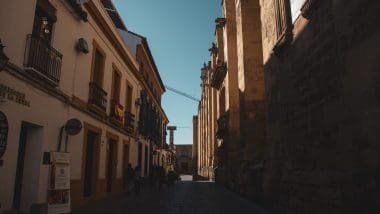
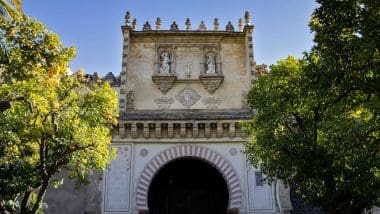
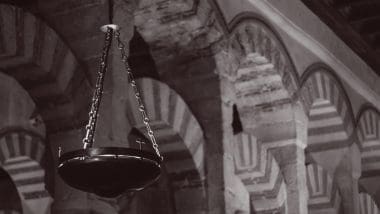
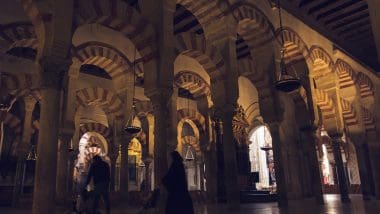
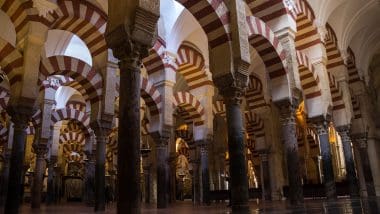
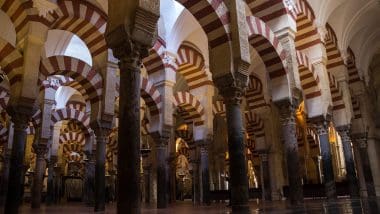
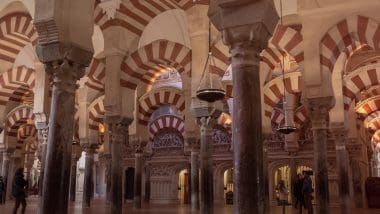
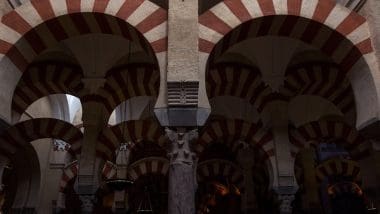
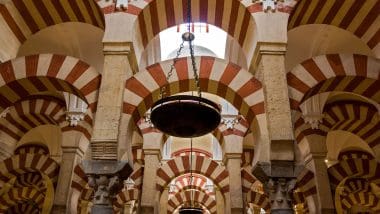
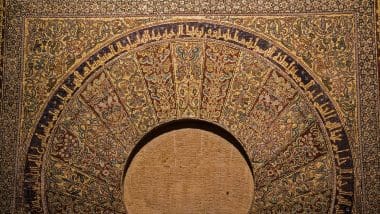
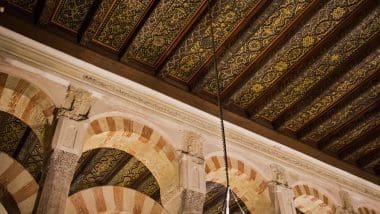
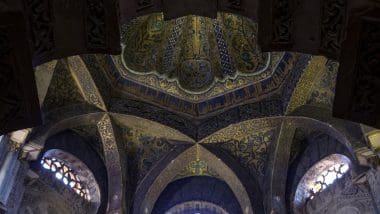
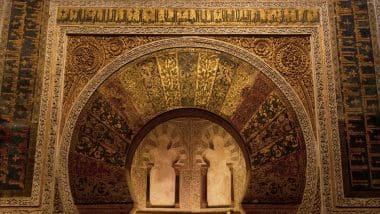
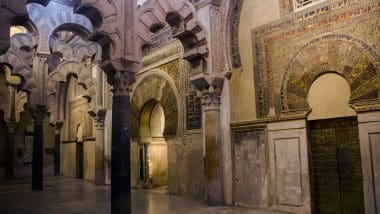
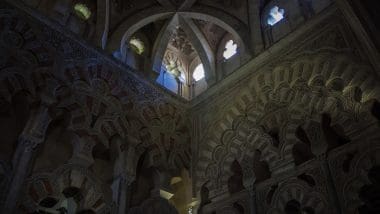
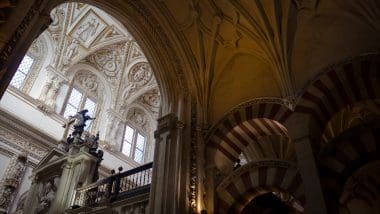
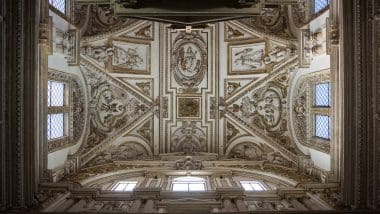
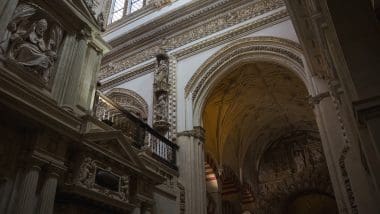
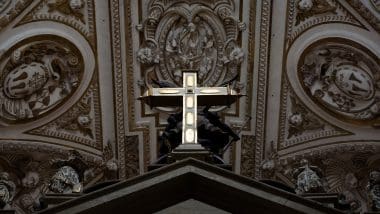
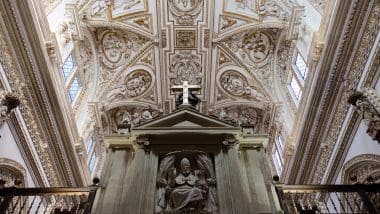
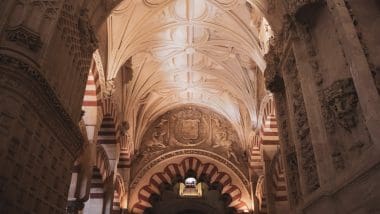
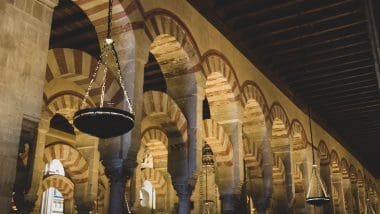
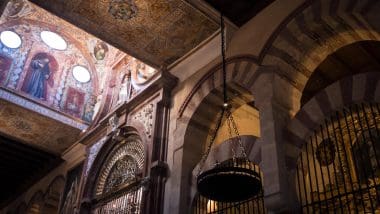
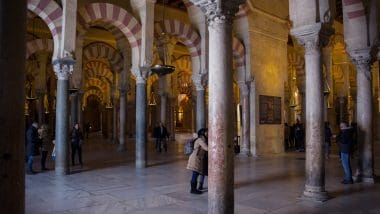
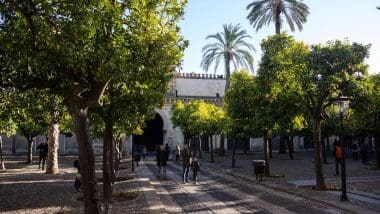
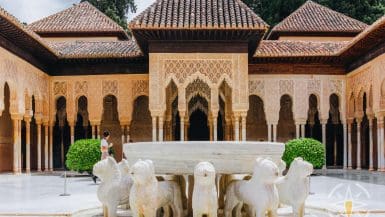
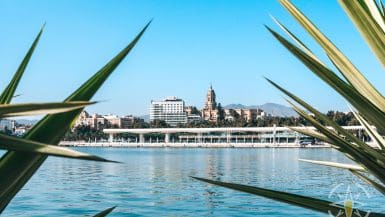
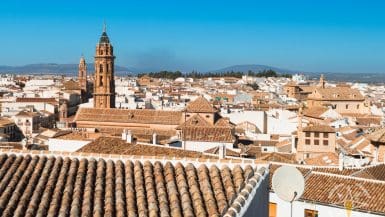
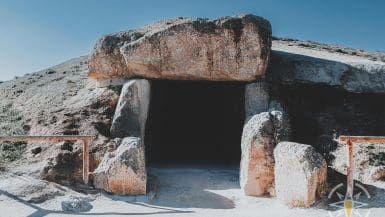
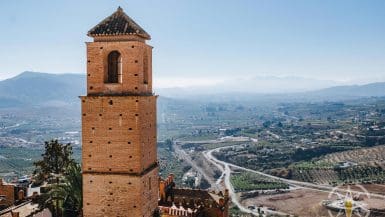
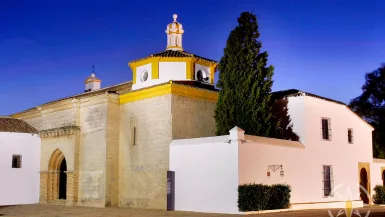
Leave a comment, ask a question...